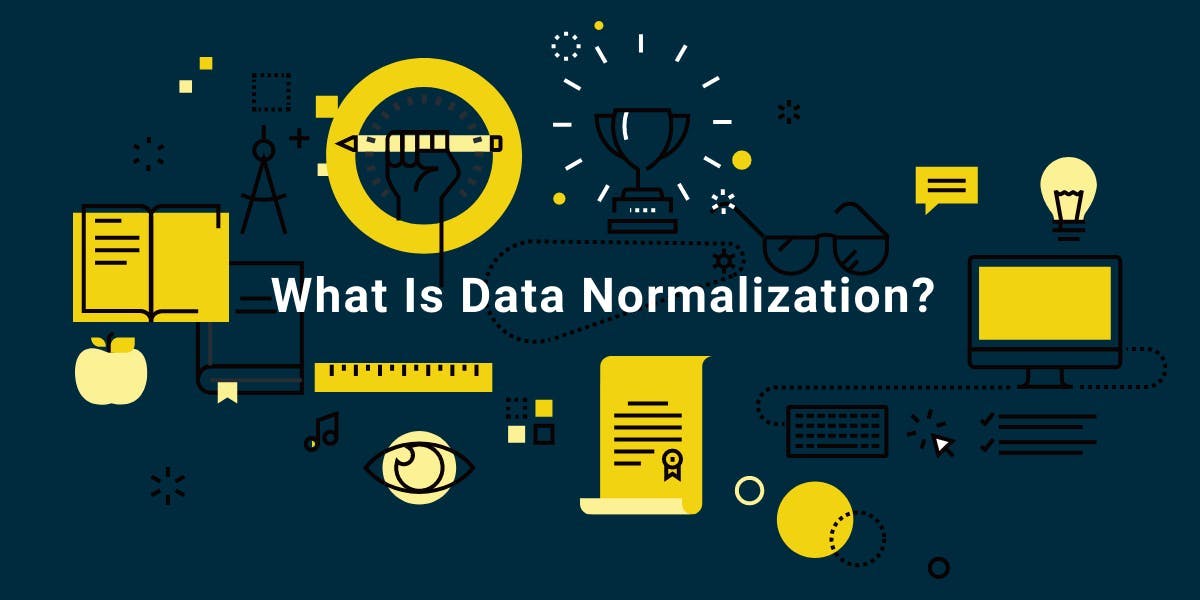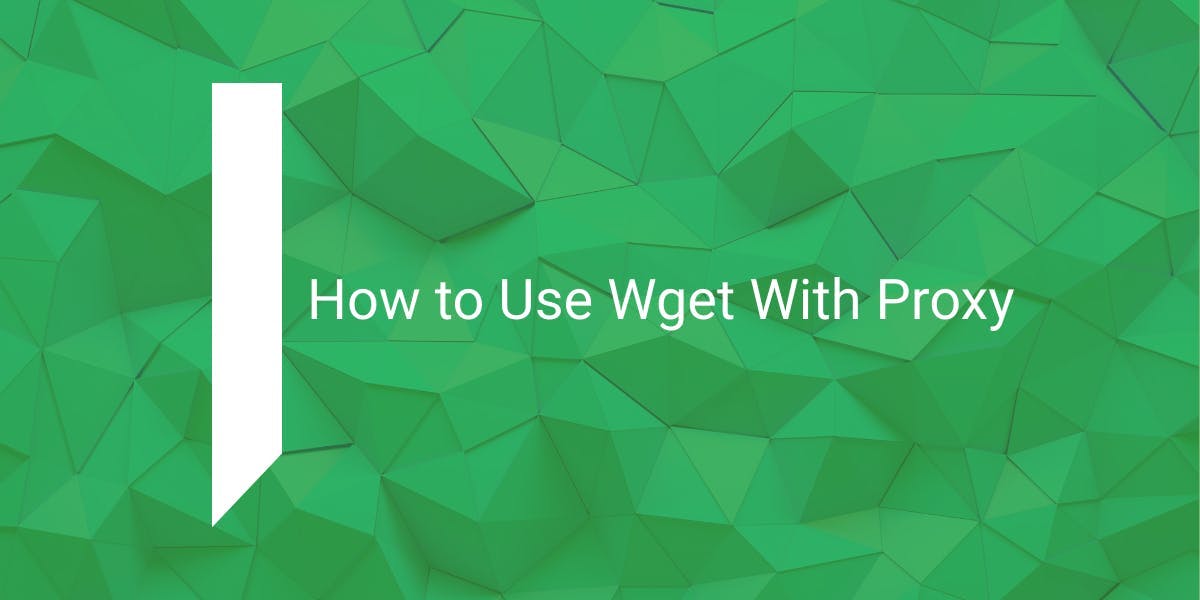What Is Data Normalization?
Flipnode on May 08 2023

Data normalization refers to the process of organizing data within a database in a clean and user-friendly manner. This enables users to effectively utilize the normalized database for analysis and querying purposes.
In this article, we will delve deeper into the topic of data normalization by answering questions such as "What is data normalization?" and "How does it work?". We will also discuss the importance of data normalization and provide useful tips on how to implement it in your business for optimal benefits.
Understanding data normalization
Data normalization is the procedure of removing data duplication, ensuring coherent data storage, and maintaining data integrity.
To eliminate duplicates, one must carefully scan the entire dataset and remove any redundant data. Failure to remove such data may result in analysis errors later on, as these values are not precisely what is needed.
Another crucial aspect of "cleaning" data is grouping related information together. By analyzing related values hand in hand, you can ensure logical data storage, and this is what you achieve after normalizing your data. Dependent data will be closer to the dataset.
Data denormalization is a term that you may encounter when exploring data normalization. While normalization focuses on data integrity and removing redundancy, denormalization is the opposite approach. It converts the normalized data into a redundant, information-filled schema. Denormalization is necessary because an excessively normalized structure can result in query processor overhead. However, due to the very nature of this method, it may be difficult to maintain data integrity during denormalization.
Types of data normalization
Now that we have a general understanding of data normalization, let's explore how it works in practice. While the process may vary depending on the type of database and data collected, there are some key steps that are typically involved.
As previously mentioned, data normalization begins with eliminating duplicates, followed by resolving any conflicts in the data that may arise. The third step is formatting the data to make it easier to process. Finally, after consolidation, the data gain a more organized structure.
Going into more detail, there are three primary forms of data normalization: first, second, and third normal form (NF). Let's take a closer look at each one.
- First normal form (1NF)
The first normal form (1NF) is a crucial aspect of data normalization that ensures that there are no repeating entries in a group. To meet the requirements for 1NF, each cell should have a single value, and each record must be unique. - Second normal form (2NF)
2NF is the second step in eliminating data redundancy. After applying a full set of 1NF requirements, you must guarantee that each piece of information has one primary key by placing all data subsets into multiple rows and separating them into tables. Then, you can create relationships through new foreign key labels. - Third normal form (3NF)
Once you've implemented all the 2NF requirements, your data can comply with the 3NF rule. According to 3NF, data in a table should be dependent on a primary key. You must move all data affected by a change in the key to a new table.
As you gain a deeper understanding of the normalization forms, the provided guidelines will become clearer, and dividing your data into tables and levels will become a straightforward process. By creating these tables, it will be easier for anyone in an organization to gather data while ensuring its accuracy and lack of duplication.
When should you use data normalization?
Data normalization should be an integral part of any data management process to ensure accurate and efficient data processing and analysis. In addition, normalization plays a crucial role in formatting gathered data, making it easier for companies to use and leverage their data effectively. Neglecting this process can result in wasted resources and valuable data remaining untapped, which can be a significant setback for businesses.
Web scraped data is a prime example of data that requires substantial normalization efforts. Although web scraping is a critical component of market research, brand protection, ad verification, and many other applications, the collected data may be of little use until it's structured in a clear and organized manner. It often contains duplicates and requires "cleaning" before it can be analyzed and processed further.
Benefits of normalized data
Data normalization has numerous benefits beyond making data analysis easier. Here are some of the advantages of employing this procedure in a business:
- Reduced database size
By removing data redundancy, data normalization reduces the size of a database. This is crucial as storing and analyzing a large dataset requires an enormous amount of memory and disk space, which can be a significant concern. - Improved performance
Reducing disk space not only makes data analysis easier but also improves performance. When a dataset isn't cluttered with useless information, you can perform data analysis more efficiently. - Easier to alter and update
Data normalization makes it simpler to alter and update data in a database as there is no data redundancy, making it cleaner. - Simplifies multiple-source data tracking
If data comes from various sources, it can be difficult to examine. However, data normalization simplifies the process of analyzing data from different sources. - Convenient for individual users
Individuals responsible for data gathering, management, organization, statistical data modeling, or dataset maintenance can benefit significantly from the data normalization process. - Faster to answer questions
Data normalization can simplify the process of organizing data without further modifying it. As a result, different teams within a company can save time and solve various questions more efficiently. - Improved segmentation
Data normalization can help with lead segmentation and group analysis, making it easier to split groups into multiple categories based on different criteria, such as industry types or titles. This allows for more efficient filtering of high-priority leads. - Risks of avoiding data normalization
Normalization of data is crucial when multiple teams use the same data source or collaborate through data. The more data sources and participants involved, the greater the risk of non-normalized data, which can lead to the loss of specific values.
Moreover, cluttered data can result in significant losses, but without data normalization, it is impossible to calculate the extent of these losses. This could eventually become one of the primary reasons for data becoming unusable. Additionally, the amount of wasted data in your organization is directly proportional to the loss caused by the failure to normalize data.
Wrapping up
Data normalization is a crucial tool for businesses to fully utilize their collected data by optimizing dataset infrastructure, improving disk space and performance, and simplifying employee data handling. These advantages significantly enhance further data processing and analysis, which are essential components of business operations.
Given the importance of data and the resources invested in accessing it, using it effectively is vital for businesses to maximize their potential and avoid significant losses.



